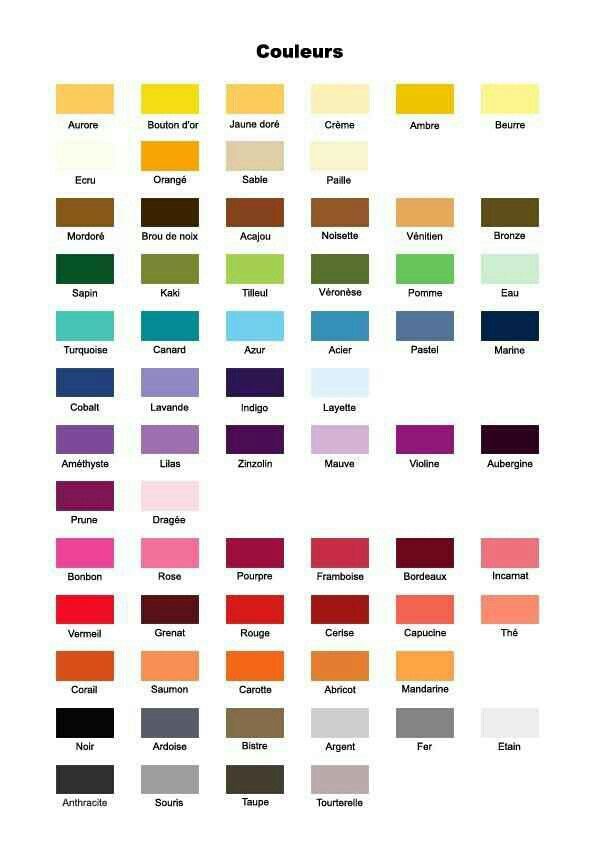Why is dark orange called brown? Why is light red called pink?
Unlike red, light blue might be called powder blue, but it’s still the same basic color: blue. The same is true with green and purple. No matter what the shade or tint might be, they’re still the same colors.
However, nobody thinks of brown as just a dark orange shade, and no one confuses pink with red. The personalities of pink and red or orange and brown are entirely different. Unlike dark and light blue, green, or purple, they appear to be completely different colors.
Dark yellow gets even weirder. Yellow is a primary additive color, but its dark version no longer appears to be yellow. For that matter, dark yellow doesn’t even have a well-defined name. Darken yellow to a certain point, and it might be called yellow ochre, but darken it further, and it’s no longer yellow or ochre or anything that resembles either — it’s just a disrespected muddy color that’s mostly nameless.
Of course, light black and dark white or grey, but these are nonchromatic values, so they don’t count.
Many aspects of these questions might be just semantic, but I think they could go deeper than that.
There might be cultural and/or psychological reasons involved. Are there any cultures that regard pink as simply a tint of red or brown as a shade of orange? Unlike dark and light blue, are there any cultures or languages that don’t make a clear differentiation between brown and orange or pink and red?
If these quirky classifications of colors aren’t cultural, are they psychological instead? Is there something about human psychology that fails to recognize brown as dark orange while still recognizing dark and light blue as the same primary color?
Finally, there’s the color called tan, which is also a strange one. People think of it as a light brown, which it is, but since brown is just dark orange, tan is a light, desaturated orange. No one, however, would ever think of tan as desaturated orange, yet a desaturated light blue still appears to be blue to everyone.
There appears to be little rhyme or reason to how we classify and see colors. This makes me wonder if cultural definitions and distinctions regarding color get poured into our heads as children or whether the differences reflect deeper psychological underpinning common to all people. Or is it all just a bunch of linguistic quirks in English?
Yeah, these are off-the-wall, strange observations, but I had a dream that touched on this stuff last night, and it got me thinking about them.




